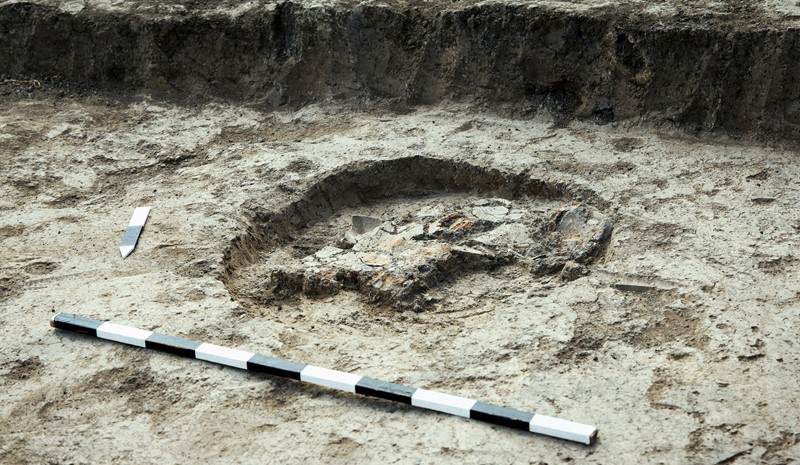Facts:
Natural England (NE) seeks injunctive relief to protect the archaeological features on or under farmland from potentially harmful activities of cultivating certain fields. Mr. Cooper claimed that a restriction on the use of his land is an infringement of his rights under his tenancy but also under the European Convention on Human Rights (ECHR). Indeed, the farm and surrounding land is owned by the National Trust (NT).
In 2021, Mr. Cooper was ordered to pay £31,500 for ploughing historically important fields linked to prehistoric and Second World War periods in breach of the Environment Impact Assessment (Agriculture) (England) (No. 2) Regulations 2006. However, Nature England alleged that Mr. Cooper disregarded the order and ploughed five of the fields. NE sought an order restraining
Mr. Cooper from ploughing some of his farmland without complying with the 2006 regulations, which would require the public body's consent for the land to be cultivated.
Decision:
However, HHJ Russen KC refused to grant NE an injunction, as the agency did not have the power to seek such a legal instrument. He analysed their power under Part 1 of the Natural Environment and Rural Communities Act 2006 (NERCA), especially Section 2. Mr. Cooper argued that the preservation of historic or archaeological artefacts is not obviously within Nature England’s remit. The Judge noted that “this is subject to consideration of the non-exhaustive list of subordinate purposes identified in Section 2(2) and, in particular, what is included within the concept of landscape conservation. Section 2(2)(b) of NERCA provides that the general purpose includes "conserving and enhancing the landscape”.”
As Section 2(2)(b) does not define the term ‘landscape’, the Judge turned to the explanatory notes on NERCA. Looking at the established case law, he noted that explanatory notes may assist the Court in ascertaining the meaning of a statute. Moreover, “because they are appended to published Acts of Parliament and are accordingly freely available online, explanatory notes might carry greater weight in the process of statutory interpretation than other secondary material of a pre-legislative kind”.
HHJ Russen KC relied on the usual definition of the word ‘landscape’ and noted that “I, therefore, see no difficulty at all in structures or features such as a WWII pillbox (whether dummy or real) or a natural or man-made trench being treated as part of the landscape, just as a drystone wall or hedgerow would be” and then continued, “it is not at all clear to me that small and scattered sub-surface (or indeed surface) archaeological artefacts, which do not themselves have some material and visual impact on the topography of the land, can properly be regarded as part of the 'landscape'. If they do not have that impact for the viewer then it is difficult to categorise them as a landscape feature”. Consequently, this matter did not fall within the agency’s remit.
Looking at Section 13(1) and the "anything that appears to it”, the Court recognised that it gives NE a degree of discretion in relation to the exercise of the relevant incidental power. However, the existence of the relevant power rests upon what he described as an anchor function. In other words, a particular power which is not expressed must be granted on the basis that it is conducive or incidental to the exercise of a function conferred by the legislation. It gave NE a status as a statutory corporation. Consequently, NE does not have the power to bring such proceedings.
Implications:
This judgement makes it clear that courts are not ready to expand the power of an agency without a proper reason. Here it was too far-fetched for the Court to recognise that the matter at hand felt within the competence of NE. The Judge was not prepared to consider sub-surface archaeological artefacts as being part of the landscape.
This decision strikes a good balance between the need to protect archaeological objects and the interest of the farmer to exercise his or her job. This case also provides a good analysis of the role of explanatory notes in statute interpretation.

